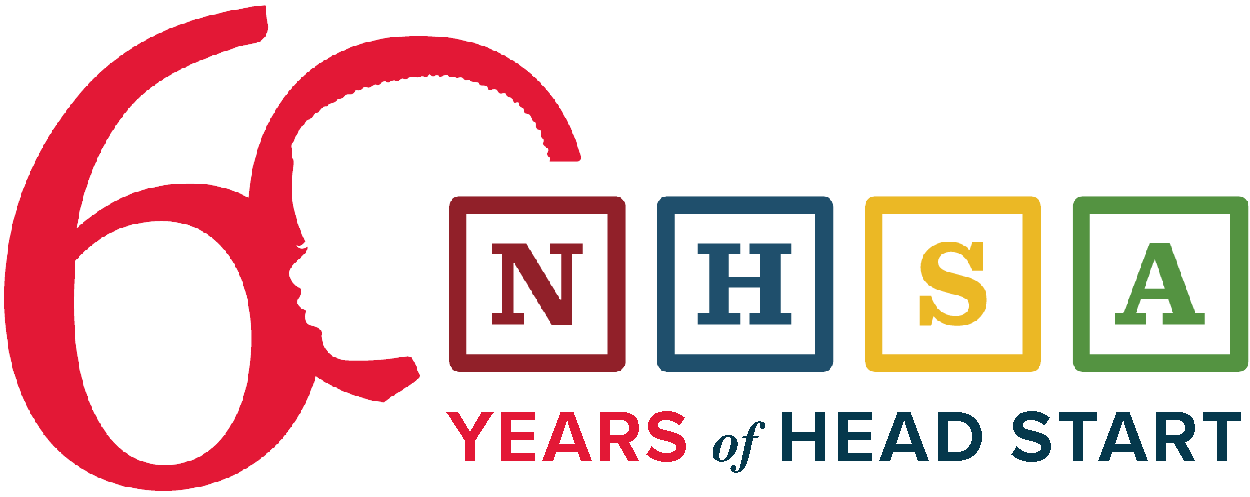Join us today to help expand access to the Early Head Start model of prenatal-to-three support.
We believe:
- Every child who needs the Early Head Start model of support should have access; we especially need to reach more young children living in poverty, experiencing homelessness and in foster care.
- Expanded access is worthy of urgent public investment given the rapid brain development that happens in the earliest years of life.
- Equitable access by geography, race, and ethnicity must be a driving force so we close long-standing gaps in child development.
- Investing in the people doing the work of education and care–the infant, toddler, and home visiting workforce–will lead to durable change.
Early Head Start’s child development and family support model for pregnant women, infants, and toddlers works.
The Early Head Start model supports brain development when it is most rapid. It intervenes early to blunt the worst impacts of growing up in poverty and other risk factors that disproportionately impact children of color. It provides parenting, education, economic and social support to families and connects them to community-based services they need to thrive and break the cycle of intergenerational poverty.
There is vast unmet need for the Early Head Start model. Limited funding has inevitably led to inequitable access by geography, by race, and by ethnicity.
- According to ZERO TO THREE’s 2022 State of Babies report, only 11% of income-eligible infants and toddlers access the model.
- There is a 408,000 Early Head Start gap–the difference between the number of federally-funded Head Start slots and the number of federally-funded Early Head Start slots.
- According to the Prenatal-to-Three Policy Impact Center’s Prenatal to Three Policy Roadmap and NHSA research, only 11 states and D.C. directly invest in Early Head Start, serving an estimated 6,226 children–a fraction of the unmet need.
The federal, state, and local leaders all have a role to play in providing funding and developing policies and partnerships supportive of expanded access.
Congress, the federal Office of Head Start, state policymakers, local early childhood coalitions, programs, and families must all be engaged, with a focus on:
- Expanding federal and state funding for the Early Head Start model to meet unmet need and increase equitable access.
- Significantly increasing staff compensation for the infant, toddler and home visiting workforce to ensure full enrollment and quality services.
- Designing enrollment strategies and partnerships to enroll and serve eligible children and families who would most benefit from Early Head Start’s model.
- Increasing partnerships between Early Head Start and child care systems and programs, including family child care, through layered funding, service delivery partnerships, standards alignment, shared workforce development, and shared services.
- Strengthening Early Head Start’s ability to effectively serve the ever-changing demographics and cultural and linguistic needs of our nation’s youngest children and families through a renewed commitment to the equity-based components of the Head Start Program Performance Standards, including a diverse and qualified workforce.
- Continuing to evaluate and share results of Early Head Start practice and research to influence early childhood policy and practice.
As we expand, we must look to successful examples of expanding access to the Early Head Start model:
- Lawmakers in Minnesota and Oregon who invest $25 million every year in state funding directly in Early Head Start to supplement federal funding and serve more children.
- Early Head Start-Child Care Partnerships that reach over 45,000 children through partnerships with over 1,400 child care centers and 1,000 family child care providers.
- Recent state-led efforts to make workforce bonuses and retention incentives accessible to Early Head Start staff.
